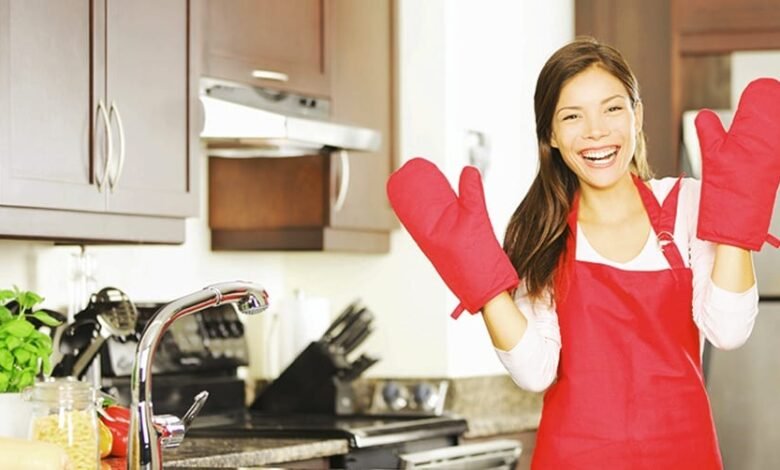Thermal burn

What is a heat burn?
Almost all of us have burned our skin, either because we touched a hot stove or sunbathed too much since the first day of summer vacation.
Thermal burns are very common and children are more often exposed to them because of their ignorance and they often become victims of accidental burns.
The severity of the burn depends on the number of affected and correspondingly damaged skin layers.
Most of the burns that occur are minor, but some of them can be more severe. And most importantly, most cases of burns can be prevented.
What are the symptoms of a thermal burn?
Thermal burns cause damage to different layers of the skin. Burns are usually termed -1st, 2nd and 3rd degree for the severity of the burn, although the more popular terms among doctors are superficial, partial and complete burn.
The skin consists of three main layers:
- Epidermis or outer layer;
- Derma;
- Subcutaneous tissues.
Superficial or 1st degree burn refers only to the epidermis – most people know it as sunburn. Symptoms are painful, red, and very warm to the touch and moist skin.< /p>
A partial or 2nd degree burn consists of burning the epidermis and part of the dermis.
Superficial symptoms are similar to those of a 1st degree burn, but blisters may also appear.
And when a larger part of the dermis is affected, the nerve endings and hairs are destroyed and this condition is accompanied by severe pain, and the skin is white in color.
Complete or 3rd degree burn – this is the most severe burn. The skin is painless, as all the nerve endings, hair follicles and sweat glands have been burned, and one feels nothing when touched.
What causes it?
Your skin can burn from any heat source or chemical reaction that releases heat.
First and foremost, burns can be caused by direct contact with a flame. The flame emits intense heat and can cause severe skin burns.
Also, scalding can happen when we get too close to a heat source, such as water that evaporates at a high temperature and gives off steam.
Even touching a hot solid object, such as a pan, can cause burns because solid materials also conduct heat.
Electrical burns occur when the skin interacts with an electric current. In this case, the heat is generated by the high temperature that the current creates in the skin.
This is important to note because electrical burns are among the specific types of thermal burns caused by electrical accidents or improper use of electrical devices.
Radiation burns are caused by exposure to various sources of radiation. For example, medical radiation to treat cancer can cause skin burns as a reaction to the high levels of radiation.
Also, prolonged exposure to strong sunlight can cause sunburn, where increased skin temperature causes burns.
There is also a risk of chemical burns that occur on the skin as a result of contact with aggressive chemical substances.
These substances can cause damage to the skin and tissues, and heat can also be generated as a result.
Treatment of heat burns on the skin
The most important thing is to stop the process of burning the skin. Attempt to extinguish the fire or flames or move away from the stove or heat source causing the burn.
Remove burnt clothing from the body.
And immediately cool the burned area with water for 30 seconds, if you burned your hand, put it under running water.
This will reduce burning because of the rapid cooling, the skin cells will not continue to die from the high temperature.
To reduce pain:
- Put a cool compress on the burned area. Do not apply ice as this will make your burnt skin worse.
- You can take standard pain relievers such as ibuprofen and paracetamol.
- Small and superficial burns can also be treated with lard. This will speed up the healing of the burned skin.
- Do not attempt to remove burn blisters at home especially if they are on the soles of the feet or the palms of the hands .
How to protect ourselves?
First of all, providing a safe environment for children is a must. It is important not to allow young children to play with flammable materials such as matches or other objects that could cause an accident.
Parents should be especially careful and keep such materials out of the reach of children.
Also, tobacco products should be used with great responsibility and smoking in bed or near flammable materials should be avoided.
In addition, recognizing the risks associated with e-cigarettes or other new tobacco heating technologies also plays a role in preventing potential dangers.
Regulating the temperature of the water in the boiler or other water heating device is an important step.
It is recommended that the water temperature is set to around 50 degrees Celsius, which can help prevent burns during a bath or shower.
At the same time, it is important to pay attention to other aspects of safety, such as the use of suitable anti-slip flooring in the bathroom to avoid slipping.
For extra advanced safety measures, consider installing smoke detectors and home alarm systems.
These devices can play a key role in warning of a possible fire or smoke, which can save precious minutes of action and prevent more damage.
Preventing heat burns requires constant attention, education and caution. Applying the above measures and principles can help create a safe home environment and reduce the risk of heat burns.



